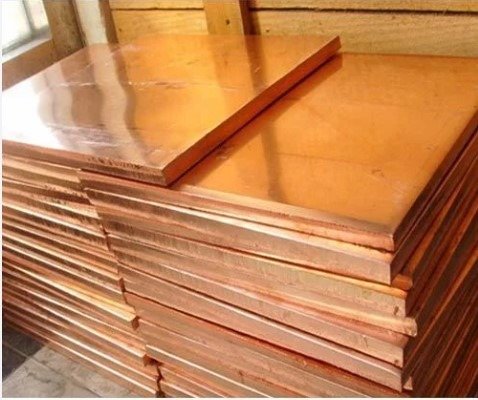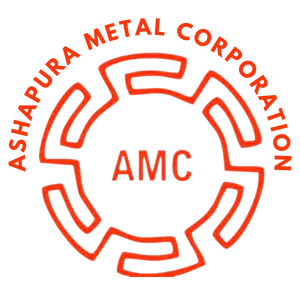Tungsten
Our Product Range
Specialty Metals
We are stockiest and Suppliers of Tungsten Copper (W-Cu) Alloy is a composite material that synergizes the
high thermal and electrical conductivity of copper with the exceptional hardness, wear resistance, and high-temperature stability of tungsten.
Tungsten
Welcome to Ashapura Metal Corporation We are stockiest and Suppliers of Tungsten Copper (W-Cu) Alloy is a composite material that synergizes the high thermal and electrical conductivity of copper with the exceptional hardness, wear resistance, and high-temperature stability of tungsten. This unique combination makes it invaluable across various high-performance applications. The specific ratio determines the alloy’s properties:
- Higher Tungsten Content (e.g., W90/Cu10): Increased hardness and density, lower electrical conductivity.
- Higher Copper Content (e.g., W50/Cu50): Enhanced electrical and thermal conductivity, improved machinability
- Melting Point : 650°C
- Appearance : Silvery-White

Composition & Manufacturing
W-Cu alloys are typically produced via powder metallurgy. This involves pressing and sintering tungsten powder into a porous structure, which is then infiltrated with molten copper. The resulting material is a metal matrix composite, not a true alloy, as copper and tungsten are not mutually soluble. Common compositions range from 10% to 50% copper by weight, with the remainder being tungsten.
Key Properties
| Composition | Density (g/cm³) | Hardness (HB) | Electrical Conductivity (% IACS) | Thermal Conductivity (W/m·K) |
| W50/Cu50 | 11.85 | 115 | 54 | ~200 |
| W70/Cu30 | 13.80 | 175 | 42 | ~190 |
| W90/Cu10 | 16.75 | 260 | 27 | ~170 |
Machinability
While W-Cu alloys are harder than pure copper, they are more machinable than pure tungsten. Machining is typically performed using carbide tools, and the process becomes easier with higher copper content. Coolants may be used to extend tool life and improve surface finish.
Application of Tungsten
-
Electrical Contacts
Ideal for high-voltage circuit breakers and switches due to their resistance to arc erosion.
-
Heat Sinks
Used in electronic devices to dissipate heat efficiently.
-
Electrodes
Common in electrical discharge machining (EDM) and resistance welding.
-
Aerospace Components
Suitable for rocket nozzles and other high-temperature applications.
-
Radiation Shielding
Effective in medical and nuclear applications due to tungsten's high density.
-
Flammable as powder or thin sections




